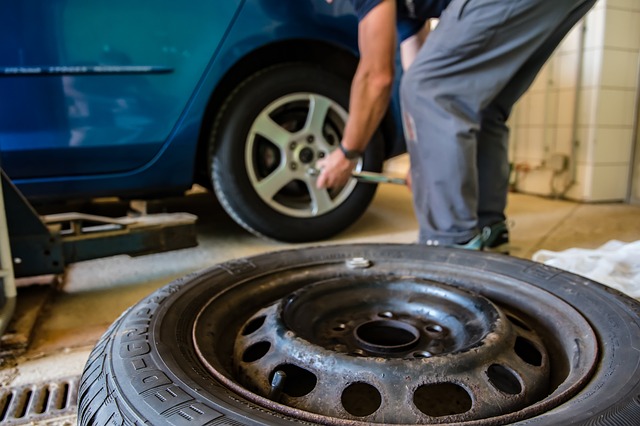Lug Nuts – Part 1 of the LET MAP Series
Are you retorquing lug nuts after 25-100 miles of driving post-tire change? When was the last time you gave your wheel’s lug nuts a second glance? If you are like most people, the answers to those questions are “no”, and “never”. This article will make the case for why retorquing lug nuts is not only a good idea, but can actually save a life.
Let’s face it… very few people ever actively think about lug nuts as a critical safety components of our vehicles. They get pushed to the back of the line after airbags, seatbelts and the frame of the vehicle. And while all of those are very important… none of them are any closer to the actual MOVING PARTS of the car than your lug nuts.
Lug nuts are the only thing holding your wheels to your car. They are a vital component of your overall vehicle safety. But they cannot perform as they are designed if they are not properly torqued. And that’s why retorquing lug nuts 25-100 miles after changing your tires (or replacing seasonal wheels) is a best practice for your safety.
Every time your wheels are remounted, (either for new tires, seasonal wheel swap or regular tire rotations) the tire technician will torque the lug nuts to the specifications required by the manufacturer of your car. The details of the proper amount of torque can be found in your vehicle’s user guide. Not every vehicle requires the same amount of torque.
Retorquing lug nuts once you’ve driven 25-100 miles is important, because the very stress of driving causes them to settle, and that means that they will either loosen, or tighten… and both are not good for optimal performance. Most tire technicians offer retorquing lug nuts for free, so we strongly encourage you to take advantage of that service.
We trust that this information has been valuable to you. If you have any questions, we’d be happy to do our best to help. Contact us here.
Resources:
Autoblog
Tire Review
Automotive News
KalTire
Continental Tires


Recent Comments